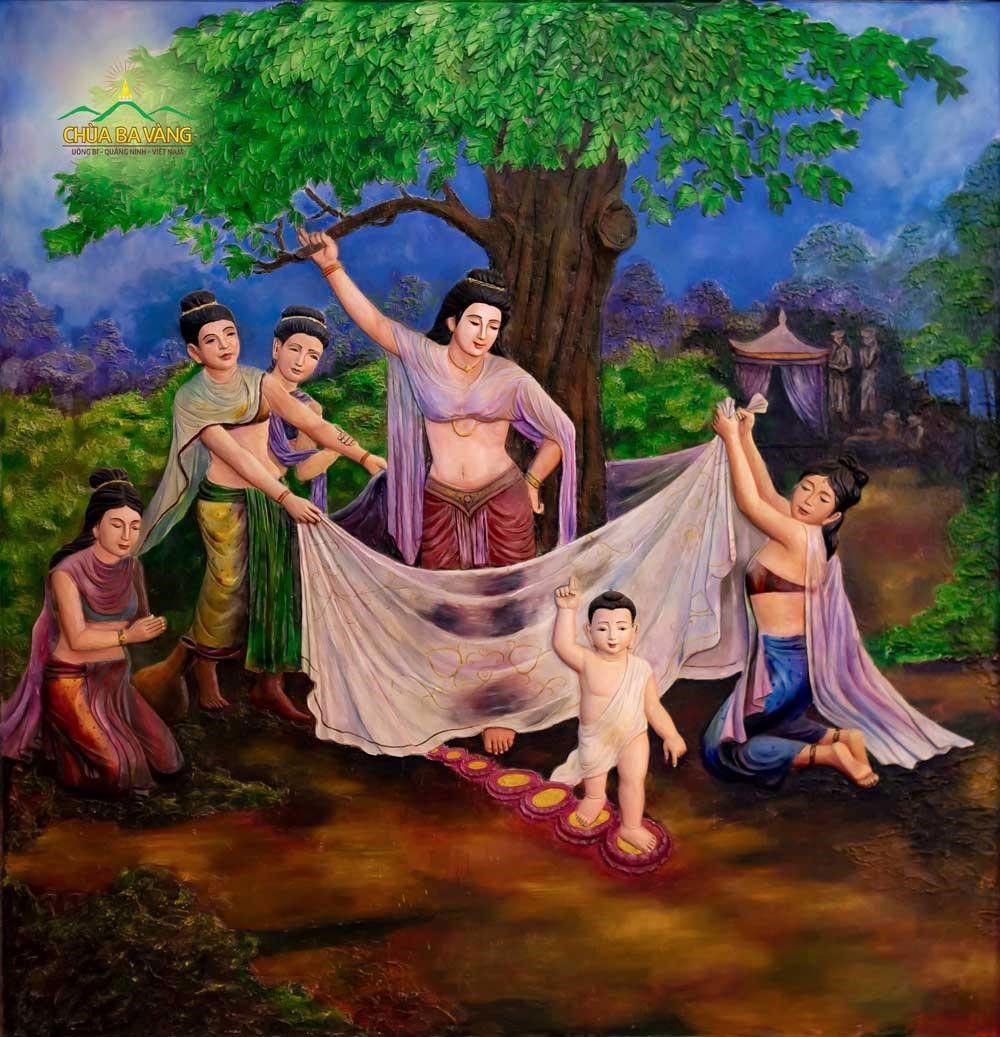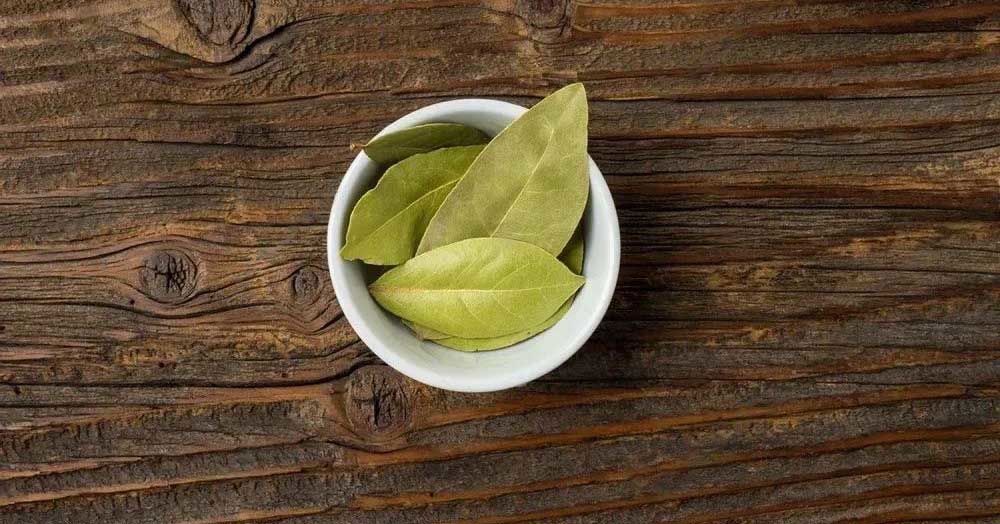The lotus flower is one of the most recognizable symbols in Buddhism. They represent miraculous birth, pure potential, growth and beauty. The lotus flower has long been associated with enlightenment in Buddhist culture and has come to signify spiritual awakening, transformation and overcoming challenges on the path towards liberation from suffering. Knowing about this beautiful symbol can bring greater depth and understanding to your own practice of Buddhism or meditation – but what is the true meaning behind it? Learn about its origins, spiritual connotations and why it resonates with so many people today.
1. The History & Origins of Lotus Flower in Buddhism
The lotus (scientific name: Nelumbo nucifera), is a herbaceous perennial aquatic plant in the lotus genus. From Egypt, it was brought to Assyria and then widely cultivated throughout Persia, India, and China. It may also be native to Indochina. In 1787, it was first introduced to Western Europe as a water lily under Joseph Banks' patronage. In ancient times, it was a common plant along the banks of the Nile in Egypt, along with a closely related water lily called the sacred blue lotus (Nymphaea caerulea). The images of both flowers have been reproduced quite extensively as an architectural style in places where sacred images are needed.
The lotus flower has been a symbol of Buddhism since the time of ancient India. The ancient Egyptians revered the lotus and used it in ritual ceremonies. The lotus flower has become associated with the birth of Buddha when seven lotuses opened beneath his feet as he took his first steps. In addition, this image also inspires the incarnate spirit of Northern Buddhism, whereby Bodhisattvas put their hands on the market, integrate into the world of many things, without being polluted, to teach and save depending on the circumstances. beings. This is also the feature that the Venerable Plum Village has promoted when initiating the practice of keeping mindfulness in every step, through the meditation book "Step by Step lotus blooms".
2. Lotus Flower Meaning in Buddhist Teachings
The lotus flower in Buddhism is a symbol of purity and innocence. Buddhism employs the lotus flower as a metaphor to symbolize practitioners and their innate Buddha nature. This imagery is used to illustrate that each individual has the capacity to reach enlightenment, much like the way the lotus rises from murky waters to bloom in pure beauty. Moreover, this beautiful flower embodies eight characteristics that Buddhist practitioners should possess: Immaculate, Indifferent, Unaffected, Persevering (Overcome difficulties), The paradox between life, The virtue of letting go, not being stubborn, Carefree, and Cause and effect.
2.1. Immaculate
The lotus is a symbol of purity and clarity, and wherever it blooms, the water becomes clear. It symbolizes the spiritual part of man as being immaculate, like the lotus which blooms out of muddy waters without being tainted by its foul smell. This speaks to Buddhism's belief that if we cultivate purity in our daily lives, our minds will become pure. With a pure mind, one can enjoy peace and happiness. In contrast, mud is symbolic of afflictions such as greed, hatred, delusion, suspicion, and evil views. Hence, at places where Buddhas and Bodhisattvas have manifested, sentient beings can find peace and spiritual purity.
2.2. Unaffected
Unaffected by the external environment, even though lying in the mud for many days, the lotus is still waiting for the day to rise out of the water and bloom, emitting a fragrant aroma everywhere. There is no connection between mud and flowers; mud represents pollution, and the lotus flower represents purity. This conveys a profound meaning that the Buddhas and Bodhisattvas were born into difficult circumstances and that even though they live in this world, they are not contaminated by any defilements.
2.3. Persevering
Patience is one of the most important Buddhist virtues expressed through the symbolism of the lotus flower. The lotus is a herbaceous plant that germinates from a lotus root lying in the mud and then grows up on the water's surface to produce leaves and flowers. The wait during this germination and development is patience. The process of growing from the mud to eventually produce leaves and flowers embodies this virtue. Patience is also essential in life, and possessing it will help workers easily achieve success and reach the top in life.
2.4. The paradox between life
The flowers typically bloom in the springtime, as this is a season when temperatures are more moderate. The lotus flower stands out from other plants as it blooms in the middle of hot and challenging summer weather. Its pleasant aroma brings a refreshing respite from the oppressive heat. This serves as a reminder of how Buddhas and Bodhisattvas were born into a world where suffering, desires, oppression, and anguish abound - yet they spread Dharma and compassion to cool down people's hearts. Similarly, the lotus represents spiritual enlightenment amidst adversity.
2.5. The virtue of uprightness
There is no flower that grows straight, yet has a straight stem like the lotus. This serves to signify that "cultivators need to correct their body and mind". In the Vimalakirti Sutra, there is a saying: "A directed mind is the ashram". No matter what situation we live in, if our mind is righteous, even if it's in a noisy marketplace, we can turn it into a pure ashram. Therefore, the virtue of uprightness is something that Buddhists need to apply and practice in real life. Only then can they reap the rewards of purity like a lotus emerging from the mud yet emitting its sweet scent.
2.6. The virtue of letting go, not being stubborn
Although the lotus flower is upright, its intestines are empty. Meaning that it does not contain anything within itself. This special point expresses a very profound meaning that a practitioner should have a joyful and equanimous nature (This is just the virtue of letting go, not being stubborn). This symbolizes that although we may encounter many different phenomena in our lives, we must not get attached to them and wander away from our original path.
2.7. Carefree
The lotus flower remains the same from when it blooms until it fades away, undisturbed by bees and butterflies. As its pistil contains a special substance that repels any insects from approaching his carefree state is maintained for the sake of something greater than self-interest—compassion, and goodness. It does not become in outward appearances or be dragged by worldly affairs but instead chooses to remain in balance with life. Through regular cultivation of the mind and accumulation of virtue, one is able to overcome these traps and transform suffering into wisdom and compassion. By doing so, one will never become tired or bored when benefiting sentient beings.
2.8. Cause and effect
When flowers fade, they will bud into fruit and have seeds. On the contrary, A unique feature of the lotus is that flowers and fruits appear simultaneously, demonstrating the Buddhist concept of cause and effect. If we want to lead a peaceful, fresh, and fragrant life like the lotus, we should bear in mind the principle of cause and effect; practicing virtue to benefit ourselves and others. Doing so will bring us health, joy, satisfaction, and peace without having to search for it elsewhere.
3. Some other meanings of the lotus symbol in Buddhism
3.1. Characteristics of the indestructible seed
The lotus seed is a powerful symbol of instruction in Buddhism, as it is said to remain viable for up to 1,000 years without decaying. This attribute has been likened to that of the seed planted by the Buddha within mankind's store of consciousness that can exist and even occasionally bloom after eight thousand Kalpas. This analogy conveys the message of everlasting adventure and hopes for those who choose to travel the path of enlightenment. Buddha's teachings inspire us to strive for a life free from suffering, which is why the lotus seed has come to represent resilience and strength in the face of adversity. The indestructible nature of this symbolic seed reminds us that there is always a possibility of growth, no matter how difficult the journey may be.
3.2. The lotus fruit represents the fruit of merit
As soon as the flower blooms, the lotus mirror takes shape and begins to bear seeds, just as when a practitioner has generated bodhicitta, the fruit of merit begins to sprout. It is to express the meaning of the lotus symbolizing this merit station that Buddhist image artists in the past have simultaneously created a model of reverence for Buddhas and Bodhisattvas by sitting on a lotus throne.
3.3. Lotus petals represent the means of practice
Lotus petals also contain symbolic meanings for all Dharmas or means of practice. The 4-petal lotus represents the Four Noble Truths, the 8-petal lotus symbolizes the Eightfold Path (the green 8-petal lotus is also the symbol of the Vietnamese Buddhist Family), the 10-petal lotus represents the Ten Goodwill, the 12-petals represent the teachings of the Twelve Causes and Conditions..., the hundred-petaled lotus represents a Hundred Faiths, the thousand-petaled lotus represents the Heavenly Dharma, and the ten-thousand-petaled lotus represents the ten Thousand Dharmas.
4. Lotus flowers in Buddhist scriptures
In addition to the sutras belonging to the Dìghàgama system, the Lotus Sutras, Avataṃsakasūtra, Brahmajāla Sutta, and the whole system of Pure Land Sutras with images of lotus flowers, etc., there are many other texts of Northern Buddhism. Titles related to lotus, difficult to list fully, just briefly write a few sets:
- The Great Prajnaparamita Sutra talks about a special species of lotus with thousands of petals (千葉蓮華)
- The Tathagata Bodhisattva Sutra says: "At that time the Blessed One was sitting in the ashram, manifesting his Dharma body transformed into a thousand-petalled lotus, as large as a wheel. In the lotus, he transformed into a Buddha, each of them becoming a Buddha. Buddha released countless hundreds of thousands of rays of light.
- The Mahayana Sutra of Primordial Origin of Mind and Land Quan describes the magical images of the Buddhas, teaching the Dharma to bodhisattvas in three classes: Buddhas sitting on a hundred-petaled lotus preaching the Hundred Laws of Wisdom, sitting on a thousand-petalled lotus (Thien Dharma Minh Mon), sitting on a lotus of ten thousand petals, preaching the ten thousand Dharmas of Minh Mon.
- According to Nie Thua Luan Thich, the four characteristics of the lotus (fragrance, purity, softness, and attractiveness) are used to compare with the four virtues of Perpetual - Bliss - Self - Purity of Nirvana.
5. Lotus flowers in architecture, Buddha statues
5.1. In terms of sculpture
The image of the lotus flower is an inspiration for artists around the world to create sculptures related to Buddhism, and decorate shrines, reliefs, and statues...vv
There are many sculptures with lotus images related to Buddhism in the world. In India, the Great Buddha Statue at Bodh Gaya depicts a seated figure of the Buddha surrounded by a large lotus flower. The base of this sculpture is also decorated with intricate Lotus designs. In Japan, one can find the statue of Kannon Bosatsu, also known as Kwannon or Avalokiteśvara, made out of bronze and sitting atop an open lotus blossom. In Thailand, there is a large collection of standing Buddha statues depicting him holding a lotus stupa in his right hand in Wat Phrathat Doi Suthep Pagoda. In China, one can find numerous sculptures representing Guanyin, symbolized by her standing on a lotus throne such as the Guanyin Buddha statue in Hainan China. These sculptures are an important part of Buddhist culture and show the importance of lotus imagery in Buddhism. In Vietnam, the art of sculpting lotus flowers on the foundation and stone pillars, on the trusses, and on the towers and roofs of the ancient temples still exists, especially the archeologists also found the Bat Trang Dai La porcelain tower. Produced in the Ly dynasty, made of red brick-colored terracotta, placed on a lotus pedestal with two layers of petals, on the top of the tower is a lotus bud. This porcelain tower may be a model of the Phat Tich pagoda tower built in 1057.
5.2. In terms of architecture
Lotus images are one of the most popular representations associated with Buddhism around the world. These symbols of enlightenment and purity can be found in many famous architectural works, including:
But Thap Pagoda Vietnam
According to the description of author Thu Phuong: "The Nine Products Lien Hoa Tower - But Thap Pagoda is a combination of wooden structures in the shape of a nine-story rotating tower, each floor has a lotus flower about 2m wide and 50cm high. High. The whole tower is 7.8m high, outside the tower are red-painted wooden lotus petals forming staggered layers. The first to ninth floors represent the ladder of progress in Buddhism. The tower can be rotated by being supported by a pillar with a bronze mortar buried in the ground and a system of four pillars placed around the tower, each rotation of the tower corresponds to 3,452,400 verses. The wooden tower of the Nine Products Lien Hoa is assembled very symmetrically, so even though it has been three and a half centuries, pilgrims still rotate the tower gently, it is a very bright work of art.
Chung Tai Chan Monastery in Taiwan
The most unique feature of Chung Tai Chan Monastery that all visitors must appreciate is the image of a golden lotus crown. In particular, the largest petal is 4.4 meters high, 3 meters wide, made of copper plate, shining brightly day and night.
One Pillar Pagoda in Vietnam
One Pillar Pagoda, originally called Lien Hoa Dai (means Lotus Station). This is a unique architectural temple in Vietnam, it is inspired by the image of a lotus flower blooming on the water. This pagoda represents the lotus flower that Quan Am Buddha gave to King Ly Thai Tong in a dream. At the same time, this is also the place chosen by the king to make sacrifices every full moon and the first day of each month with the wish to pray for national peace and prosperity.
Conclusion
Taking the time to understand the deeper symbolic meaning of the lotus flower can help us gain a better understanding of the Buddhist faith and its various rituals. The process of growth and transformation that the lotus flower goes through is symbolic of how all living things strive for enlightenment. From meditating with a lotus flower or offering it as an act of homage in temples, Buddhists use this beautiful and intricate symbol in many aspects of their faith. By looking beyond its delicate beauty, we can recognize why it is so foundational to Buddhism. By understanding more about the significance that the lotus flower holds for those who practice Buddhism, we can appreciate this symbol even more and gain insight into the philosophy behind one of the world’s oldest religions.
Related articles
Show moreSource
1. Bút Tháp Temple
https://en.wikipedia.org/wiki/B%C3%BAt_Th%C3%A1p_Temple
2. One Pillar Pagoda
https://en.wikipedia.org/wiki/One_Pillar_Pagoda
3. The Lotus Symbol: It's Meaning in Buddhist Art and Philosophy
https://www.jstor.org/stable/426039
4. Lauer, Erin Lyn, "The Sutra of the Lotus Flower of the Wonderful Dharma Speaks: A Critical Examination of Mahayana Buddhist Literature via the Eastern Lens" (2007). USF St. Petersburg campus Honors Program Theses (Undergraduate).
https://digitalcommons.usf.edu/honorstheses/59










